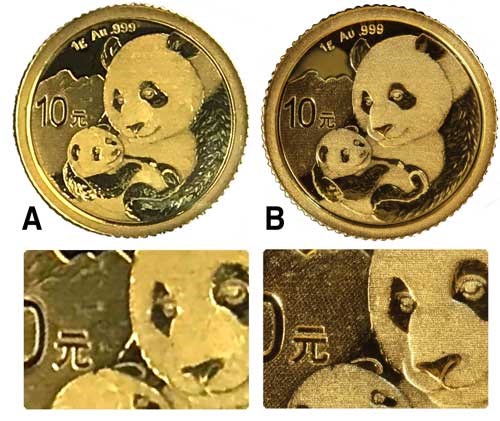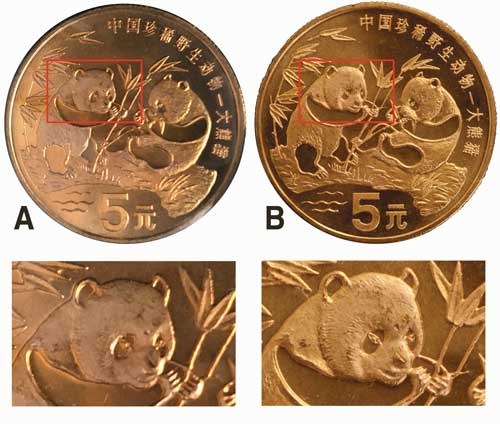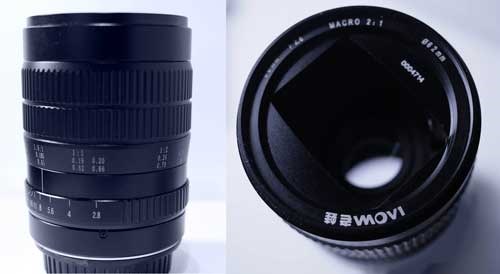Chinese Coins: Take Your Best Shot
Posted on 2/12/2019
By
Peter Anthony
“Nick says to not leave them in the car.” With that, Jill Brown, Nick Brown’s lovely wife, handed me an unusually heavy shopping bag and turned to go back inside their apartment building.
I got into my friend Danny’s car and stared at what was inside the bag. I had flown to Chicago for this – a complete series of NGC-graded Chinese Unicorn coins that I could photograph. The contents of the bag were worth hundreds of thousands of dollars.
Coin photos, really? I mean, who needs ’em? Well, most coin photos are taken to help sell coins. The better the photos, the higher that prices realized, or so the theory goes. That’s why offering coin photos is standard procedure at auction companies, coin stores and, above all, online auction sites.
In addition, photos are taken for inventory and documentation purposes like the ones that NGC shoots of the coins it grades. If you buy, sell or collect coins, sooner or later you will need coin photos. In the case of the shopping bag full of Unicorns, I needed photos of them for a new chapter in my book, The Gold & Silver Panda Coin Buyer’s Guide.
In the office of Nick’s college roommate, Danny Spungen, I set up a portable photo studio. There were three types of equipment needed:
- Lighting
- Camera support
- Camera and lens
The camera and lens (or the phone) is what gets talked about the most, even though lighting is probably even more important to taking a good photo. In any case, one of the first tasks in making a nice coin picture is to check how close your device (phone or lens) will focus. With some digital enlargement, most phones and cameras will produce a recognizable image of a small coin. But, if you want — or need — a photo that is more than a numismatic mug shot, then it may be worth exploring lenses specifically designed for close-up photography. These are called Macro lenses.
One of the most interesting and useful lenses for photographing Panda coins actually comes from the land of the panda: the LAOWA 60 mm f/2.8 Macro lens. For those who have never heard of LAOWA, it is a Chinese company that is gaining an international reputation for innovative lens designs.
In photography-speak the f/2.8 is a measure of how much light the lens allows through it. f/2.8 is a fairly standard number. There are a few faster macro lenses on the market, as well as some slower ones, but f/2.8 is a typical value. What is not typical is how close the LAOWA 60 mm focuses and therefore how much it can magnify an object.
The maximum enlargement of most macro lenses is 1:2. That means they can produce a half-life-size image on the camera sensor. A smaller group of lenses reach 1:1, or life-size magnification. The LAOWA goes all the way to 2:1, double life size. As far as I know, this is the highest performance available from any lens sold today. This should be an advantage over other lenses for capturing macro details.
The LAOWA 60 mm lens is atypical of modern lenses in other ways, too. It is made nearly entirely of metal and glass (only the focus ring contains plastic), and has a complex optical formula of nine glass elements. This results in a fairly heavy (800 grams) optic. There is also no autofocus. This may come as shock to many people, but, in fact, autofocus is not much good for macro work. Most of the time, the exact point of focus has to be set manually, anyway.
Another positive is its 14 aperture blades. Most lenses have six to eight sometimes-rounded blades. The LAOWA’s more complex aperture design makes out-of-focus areas look creamily smooth, a very nice feature in macro work.
How well does it work? Let’s take a close-up look at a 2019 10 Yuan gold Panda, a small 1-gram coin. The first shot on the left is taken with an iPhone 7 and the second with the 60 mm LAOWA on a pocket-size Canon M6 camera.
 |
| 2019 10 Yuan gold Panda A. iPhone B. LAOWA 60 mm macro lens) |
The LAOWA is optimized for close-focus photos, and it could well be the sharpest macro lens I have ever used. It is also amazing to magnify a tiny coin so much that its image size exceeds the camera’s frame. The LAOWA lens has other useful features, too (and it should as it is bigger and heavier than the entire phone), but its macro function is so superior that it overwhelms everything else. This is really a lens almost custom-made for coin photography. The iPhone, on the other hand, uses a much smaller general-purpose lens that is intended for shooting things like selfies and landscapes. The difference shows in the greater clarity of the LAOWA photos.
Nick Brown, one of the greatest coin dealers of our era, understood the importance of photography to numismatics. That’s why he lent me that Unicorn collection. I honored his friendship and his memory by creating a new catalog numbering system for Unicorns. Each number is preceded by NPB for Nicholas P. Brown.
The collection was, by the way, returned a few days later and never spent a moment unattended in the car. In future articles, we will explore other areas of practical numismatic photography, especially as it relates to Chinese coins. Meanwhile, go ahead and take your best shot – of coins!
 |
| 1993 5 Yuan copper Panda A. iPhone B. LAOWA 60 mm macro lens) |
 |
| The LAOWA 60 mm macro lens from China. Available for cameras that use Canon EF, Nikon F, Pentax K-Mount and Sony A-Mount lenses. |
Peter Anthony is an expert on Chinese modern coins with a particular focus on Panda coins. He is an analyst for the NGC Chinese Modern Coin Price Guide as well as a consultant on Chinese modern coins.
Stay Informed
Want news like this delivered to your inbox once a month? Subscribe to the free NGC eNewsletter today!
